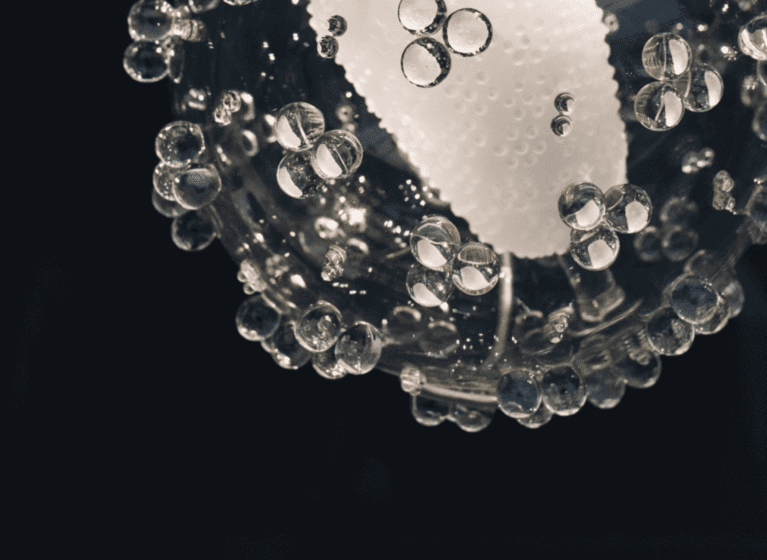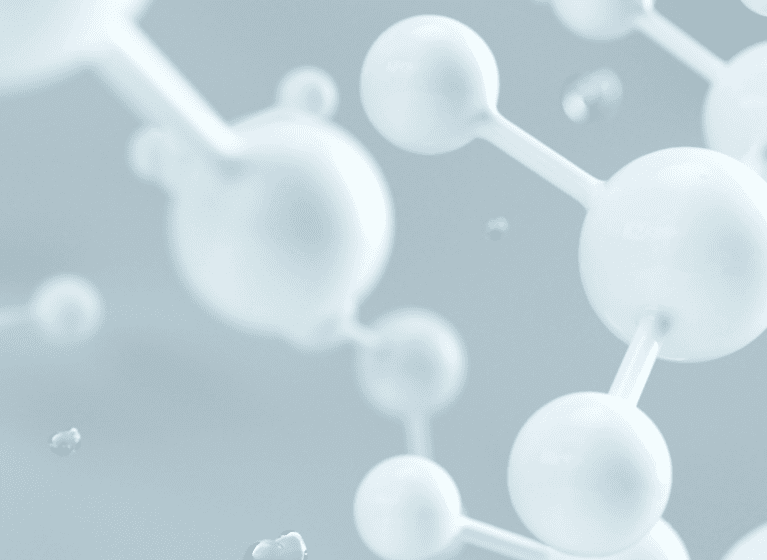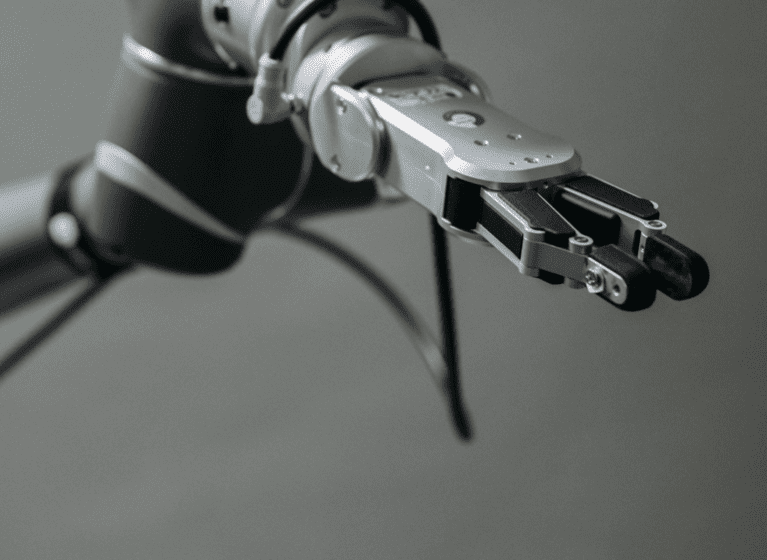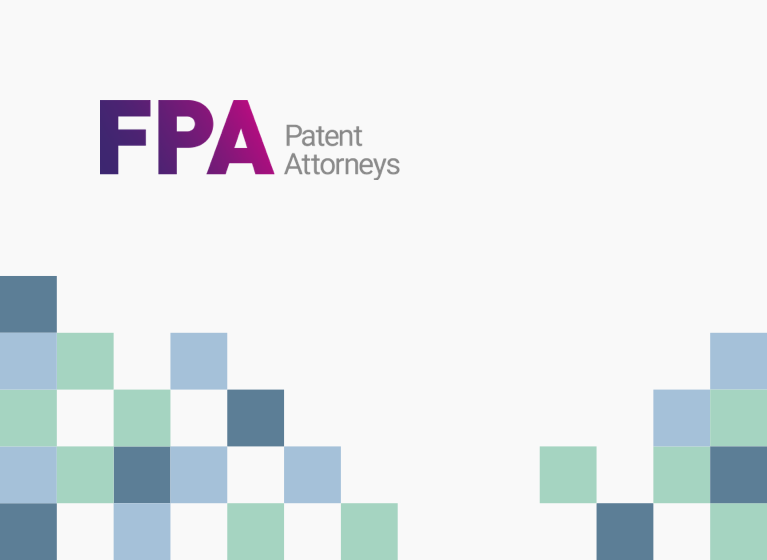The importance of Artificial Intelligence (AI) and Machine Learning (ML) in the life sciences community continues to grow. AI is being used to help design clinical trials, in diagnostic and therapeutic methods – for example the use of AI combined with robotic surgery and the use of AI in diagnosis based on medical imaging. This is an exciting space for clinicians, researchers and patent attorneys as new inventions at the joint frontiers of the therapeutic and computational domains are developed.
The patentability of these inventions, an important consideration in the commercialisation strategy, may be subject to the double-pronged consideration of patentability for therapeutic inventions and computer-implemented inventions. For many life-science patent attorneys and life-sciences patent examiners this type of combination invention brings the patentable subject matter consideration of a computer-implemented invention to the forefront for the first time, a requirement known in Australia as manner of manufacture.
While there has not yet been an Australian patent office decision published on a therapeutic or diagnostic invention wherein the diagnosis or therapeutic step involved an AI or ML step, we can take guidance from patent office decisions on computer implemented inventions in the therapeutic space.
To understand the Australian patent office’s current approach to the examination of AI/ML implemented therapeutic or diagnostic inventions we analysed recent patent office decisions (Part 2: Australian patent office decisions relating to computer implemented methods) and the case history of a selection of granted and accepted patent applications in this space (Part 3: Review of prosecution history of AI or ML implemented therapeutic or diagnostic inventions at the Australian patent office, to be released).
Based on this analysis, we recommend:
- If you can use GPPH, do. While Australian examiners are not bound by overseas prosecution outcomes, if another examiner has already considered the subject matter to be patentable, an examiner may be more confident to arrive at the same conclusion. GPPH based on European accepted applications or granted patents may be particularly favourable.
- Ordering or amending the claims to direct the application to the most appropriate examination division. Allocation to the examination division will likely be based on the broadest recitation of the invention in the claims. If claims to methods of therapy are of higher commercial importance than systems or devices, consider re-ordering or amending the claims to direct examination to the preferred examination division. If the technical effect of the invention is a method of therapy or a method of diagnosis, or relies on understanding of biological or chemical information we predict better examination outcomes from the life sciences examination divisions.
- Consider if post filing data is needed. Worked examples are extremely helpful in demonstrating a technical effect. Post filing data is generally allowable in Australia to confirm advantages in the specification. There is potentially a long lead time between filing the Australian application and examination (typically 2-3 years if examination is not requested at filing). If post-filing data is being prepared for prosecution in other jurisdictions, it may be highly useful when the Australian application enters prosecution.
- Reframe the claims around technical aspects of the invention, perhaps as part of filing a divisional application. Examples of technical aspects which may increase the chances of subject matter being considered patentable are discussed in further detail below.
- Request a hearing. If a patentable subject matter objection cannot be overcome during examination and particularly if the applicant has an accepted overseas counterpart application, requesting a hearing can provide an opportunity to argue in front of a hearing officer, who is typically a more senior examiner.
- Keep prosecution open by filing a divisional application. For difficult cases filing a divisional application can provide applicants with the most flexibility and ability to adapt prosecution strategy, particularly if there are clarifications of the law and/or patent office practices.
Is this invention patentable subject matter in Australia?
Inventions which combine another new and inventive (non-computer related) integer with an AI or ML are less likely to attract a patentable subject matter or, be better placed to overcome a patentable subject matter objection.
While every case will need to be determined on an individual basis, claims which include one or more of the following elements linked to a technical effect, and where the technical effect can be supported by examples in the specification, and there is detailed description of each specific step of the process, have good chances of being considered patentable subject matter by the Australian patent office.
For example, subject matter may be considered patentable if it includes:
- A method including a new treatment step, or improved treatment step. Note that improvements in timeliness or efficiency may not be considered technical effects.
- A method that uses an AI or ML to identify a new piece of information, or is able to increase the accuracy of the diagnosis. Note that a method using a known AI or ML model, and known biomarkers, may be considered a mere scheme, without a demonstrated technical effect of the new method.
- A new AI/ML model
- An AI/ML model that is trained in a new way
- A known AI/ML that is used with a bespoke input (ie prompt) that gives a better output of the model
- Use of an AI or ML which involves a computer technical effect such as faster processing or less processing power.
- Implementation of more secure communications or data handling, given sensitive patient data from a database may be used, needing certain data security or authorisation
- Reduced material usage
- Structuring data such that it is easier to use or provide advantages for other efficiencies
In part 2 of this article series, we discuss recent patent office decisions concerning computer implemented methods in the life sciences space to shed light on the approach currently taken by the Australian patent office.
If you would like specific advice pertaining to an application, please reach out to the interdisciplinary team at FPA Patent Attorneys. We would be pleased to discuss with you these issues and how they may affect a patent application in Australia.








